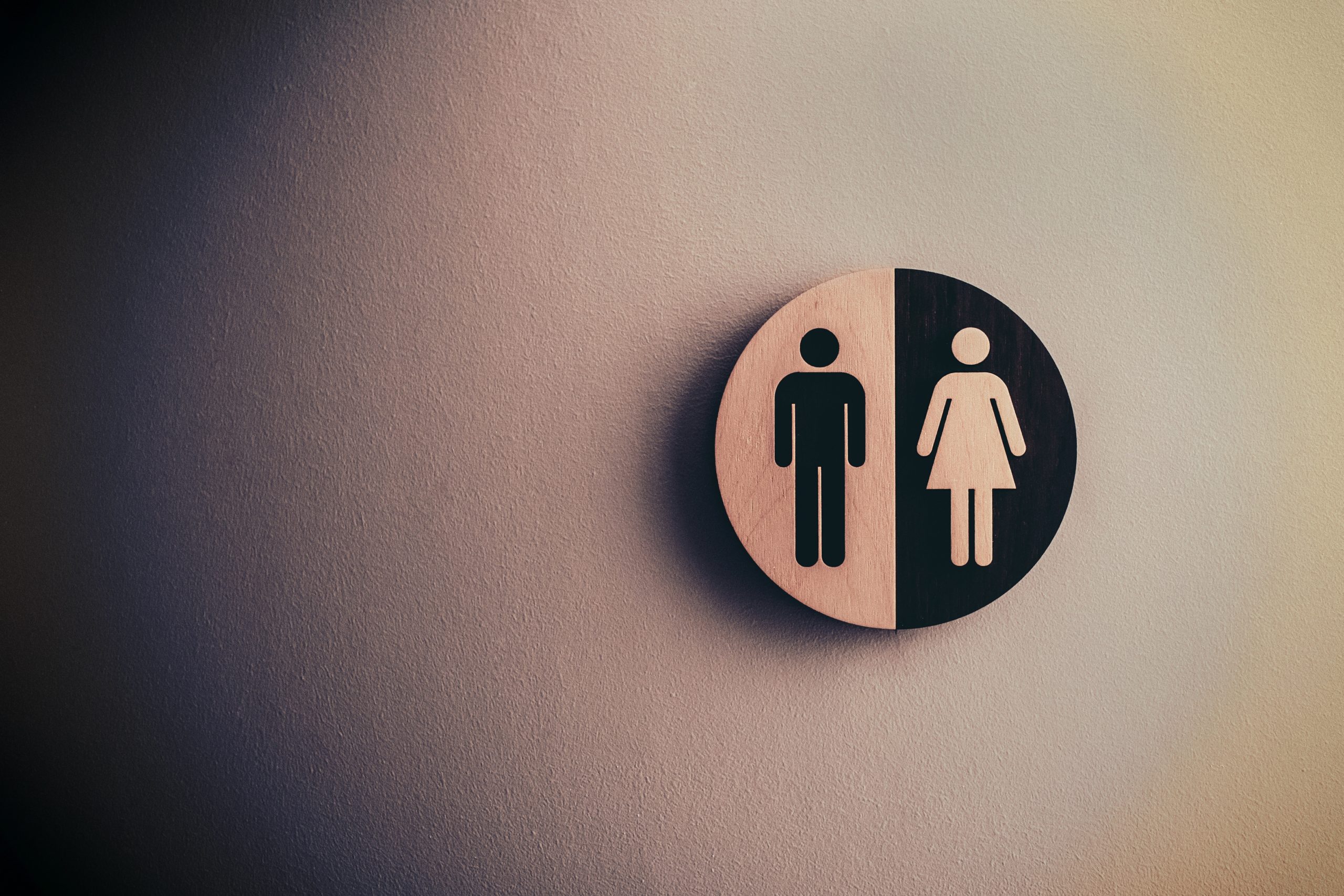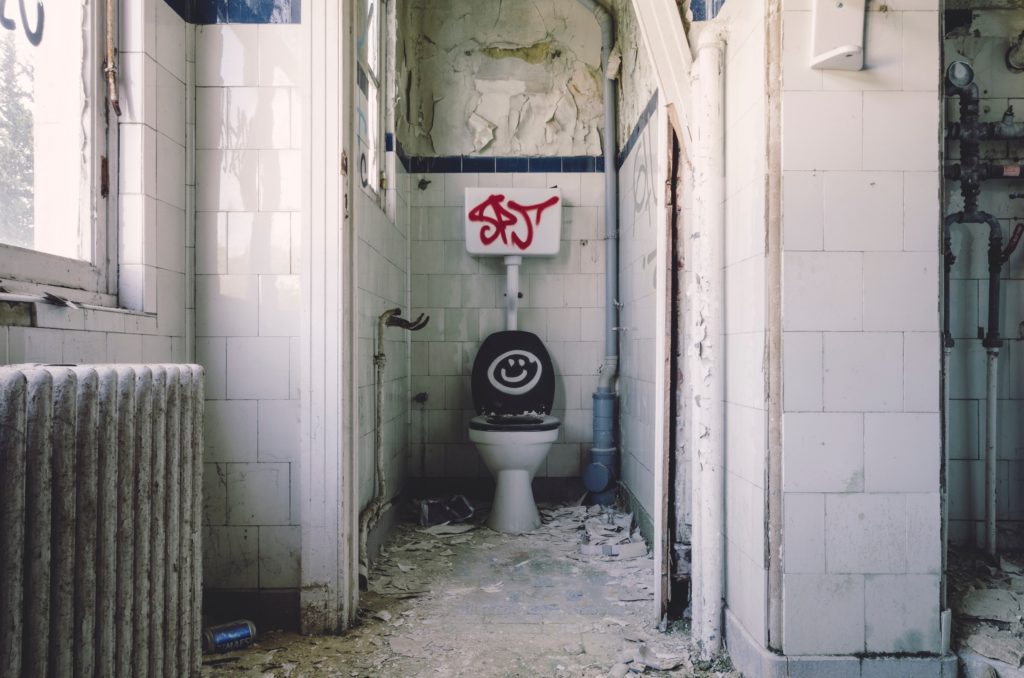(Image Credit: Tim Mossholder )
Once upon a time, Britishers came to India. They enslaved us, exploited us, made us clean their chamber pots, and somewhere in the middle of all the chaos still found time to teach us toilet etiquettes. We got rid of the Britishers but decided to live & breathe these etiquettes anyway. A good thing indeed.
But don’t you feel as if these etiquettes have made us resemble a showroom mannequin more than a real human being?
Case in point: Sometime back, inside a toilet/restroom/washroom/lavatory (whatever fancy name you wish to use) of a mall, I spotted and read a creatively designed etiquettes’ list in front of me while performing my ablutions. One point in it was – DO NOT FART IN THE WASHROOM.
Where are you supposed to do then??? As human beings, at some point, you obviously have got to fart. Otherwise, your body will explode (figuratively).
Startups, Established Offices and MNC washrooms
Just like every office has a different hierarchical structure and a different set of work rules, they have different bathroom rules too. Earlier in a startup, I used to work in a team of 15 people where everybody kept an eye on who’s going to the bathroom and who did not wipe the toilet seat with a tissue paper. For hygiene purposes, you know! Whereas another established company stressed on not wasting too many paper towels.
With time, one thing happened for good in these office washrooms country-wide. “Ladies’ washrooms” became die-hard feminists. They stood firmly with the females who understood their rights and started giving out sanitary napkins through their vending machines in pure celebration.
The Nakhras of Urban Toilets
They are found commonly in airports and malls. And like their visitors, these urban toilets too are done with anything outdated. Their auto hand dryers have given way to jet hand dryers, and now they have gaily started experimenting with their accessories too ( for example – faucets, jet sprays etc).
These modern restrooms can be called the faithful reflection of modern-day India.
Discrimination between Urban & Rural washrooms
Sadly, like their country of residence, these toilets are also divided into two disparate classes – Urban (Western-style) & Rural (Indian-style) washrooms. While the urban class of toilets enjoys supreme hygiene, premium sparkling glasses showing its beauty from all sides; its rural counterpart is confined to 850 mm x 1500 mm space of filth, no water and unhygienic conditions.
Urban toilets reside in malls and resorts; the rural ones out in the open under the harsh sun. The tragedy does not end here. Urban toilets have a crew of paid cleaners wearing clean uniforms. Whereas even the residents of the house refuse to use a rural washroom cleanly.
There is no link between these two kinds of toilets.
However, they are connected by shit as well as a third kind of toilet – The Travelling Toilet. This class of toilet is found in commutes – trains, flights, urinals in sleeper buses, and fests/fairs. Even though it covers the same space as rural ones, it’s hygiene standards vary according to the class of place it has been placed on. Normally it is a nomad and sees both good & bad days, but never gives any person a valid reason to deficit outdoors.
P.S. – Yes, we discussed the topic of toilets a lot. But do not think that we forgot all about the Sarkari job wala ‘Sulabh Sauchalaya’.



Enjoyed reading dear writer